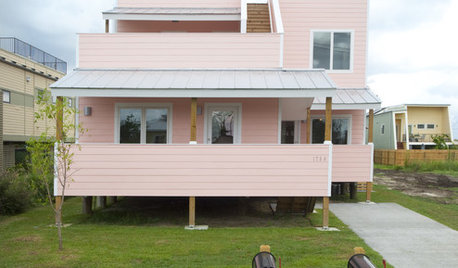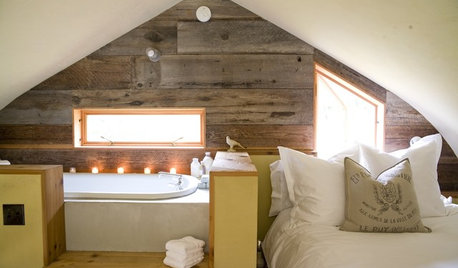Help with Carrier AC decision
theutahn
10 years ago
Related Stories

LIFE12 House-Hunting Tips to Help You Make the Right Choice
Stay organized and focused on your quest for a new home, to make the search easier and avoid surprises later
Full Story
REMODELING GUIDESKey Measurements for a Dream Bedroom
Learn the dimensions that will help your bed, nightstands and other furnishings fit neatly and comfortably in the space
Full Story
MOST POPULAR9 Real Ways You Can Help After a House Fire
Suggestions from someone who lost her home to fire — and experienced the staggering generosity of community
Full Story
EXTERIORSHelp! What Color Should I Paint My House Exterior?
Real homeowners get real help in choosing paint palettes. Bonus: 3 tips for everyone on picking exterior colors
Full Story
SELLING YOUR HOUSE10 Low-Cost Tweaks to Help Your Home Sell
Put these inexpensive but invaluable fixes on your to-do list before you put your home on the market
Full Story
COLORPick-a-Paint Help: How to Create a Whole-House Color Palette
Don't be daunted. With these strategies, building a cohesive palette for your entire home is less difficult than it seems
Full Story
MOST POPULAR7 Ways to Design Your Kitchen to Help You Lose Weight
In his new book, Slim by Design, eating-behavior expert Brian Wansink shows us how to get our kitchens working better
Full Story
CONTEMPORARY HOMESFrank Gehry Helps 'Make It Right' in New Orleans
Hurricane Katrina survivors get a colorful, environmentally friendly duplex, courtesy of a starchitect and a star
Full Story
LIFE12 Effective Strategies to Help You Sleep
End the nightmare of tossing and turning at bedtime with these tips for letting go and drifting off
Full Story
REMODELING GUIDES10 Signs You’re in the Middle of a Renovation
A renovation project allows you to choose every last detail for your home, but decision making can quickly go from ‘Ooooh’ to ‘Argh!’
Full Story







tigerdunes
theutahnOriginal Author
Related Professionals
Coachella Solar Energy Systems · Forest Park Solar Energy Systems · Wildomar Solar Energy Systems · Chattanooga Home Automation & Home Media · Columbia Home Automation & Home Media · Fayetteville Home Automation & Home Media · Jollyville Home Automation & Home Media · Norridge Home Automation & Home Media · Saint Augustine Home Automation & Home Media · Wheaton Home Automation & Home Media · Burlingame Electricians · Farmington Fireplaces · La Habra Fireplaces · League City Fireplaces · Chester Fireplacestigerdunes
mike_home
mike_home
mike_home
Servicetech
theutahnOriginal Author
tigerdunes
mike_home
Servicetech
mike_home
tigerdunes
Servicetech